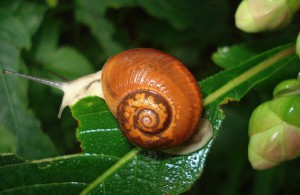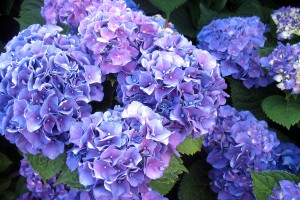Creating a potted garden is just like arranging flowers; you build up layers of texture, colour and form in an arrangement to fill, highlight or lift the space…and when you are ready for a change, you just rearrange. Another reason for choosing to pot plants is that soil conditions and plant selection are not always compatible; if you have alkaline soil but love camellias a container plant may be your best option. Similarly, climate conditions are a factor; some of our favorite plants are too sensitive to be permanently positioned in the garden so container planting is a great solution allowing you to reposition the plant during the searing heat of summer or the frosty winter.
Here are some great tips for choosing and maintaining your container plants…
- The first considerations will be the practical; how much space, light, heat and water is available? How much time do you have for maintenance? Do you want to water regularly? When you have identified your needs you will be able to refine your plant selection.
- In temperate conditions you will be able to maintain ferns and succulents in the same space, otherwise keep to plants that will thrive in the conditions available. This will minimize maintenance and avoid disappointment.
- Choose plants for their foliage as well as their flowers. The foliage will be with you all year round but you will only have the flowers for their seasonal appearance. If you are after colour all year, there are many perfect container plants with colorful foliage such as aglaonema, coleus, caladium, begonia, hosta and bromeliad name a few.
- Use contrast in the colour palette; soft grey foliage really pops against burgundy’s and deep greens.
- Choose the right container. Drainage is essential so make sure there are adequate drainage holes in the base of the pot. Before you add potting mix, place some stones or chunks of broken brick or paving in the base to add another layer for free drainage. The three main types of pots available are plastic, terracotta and glazed ceramic pots. If the pots are going to be exposed to the summer heat, choose one of the glazed ceramic variety as plastic pots heat up quickly and soil temperatures can top 70°c which will destroy the root system of most plants. Terracotta pots are porous so are great for plants like lavender and geraniums which require excellent drainage but for most other plants will mean you must water daily. Choose a pot size that will allow the root system to develop.
- Use a good quality potting mix. Potting mix was developed for use in pots and unlike soil, which can set like concrete, fail to drain or even produce weeds, potting mix is free draining, sterile and compatible with plants. A well-composted mix has the right balance of particle sizes to hold air and water and has nutrients to feed the plants that are grown in it. There are special mixes developed for particular plants like orchids, camellias etc.
- Water wisely! Indoor plants are often over-watered, especially in winter; a sign that you are over doing it is yellowing foliage as the water-clogged soil is drowning the roots so that the plant cannot access oxygen. Plant saucers holding water prevent soil drainage so must be kept empty to avoid root rot. Conversely, outdoor pots need consistent and regular watering especially through the heat of our summer to prevent heat damage to the roots. As mentioned, container selection and knowing your plants requirements will help strike the right balance. Use a finger to measure the moisture in the soil.
- Ideally, pot plants are repotted every year or two in early spring; a chance to increase pot size and rejuvenate the soil and root system.
- Fertilisers formulated for potted plants are available and the liquid varieties are the best option to avoid over doing it. Fertilise when the plants are actively growing and will use the help. Avoid fertilising in the heat.
Goodluck!



